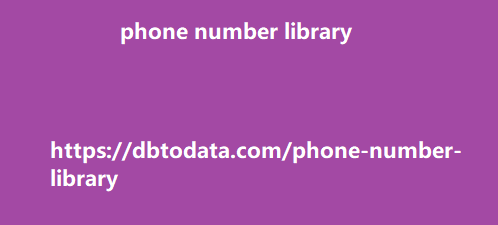Specific searches or passages screenshot Based on Google’s explanation, I believe that to make use of this update, you just need to do the same tactic when you’re optimizing your page for featured snippets – using the specific query as the heading and answering it right away in the succeeding paragraph. Would having a piece of content be indexed vs having the whole page be indexed affect your SEO? In some sense, there’s a downside. indexed means that your page will only show up for the specific query and not others that the page could have ranked for. On the other hand, I still believe that the page will still get indexed in due time.
It could only be a possibility that a piece
of your page’s content will be indexed faster than the page itself. In any case, this is an interesting update and I can’t wait to hear more news about this. Subtopics Lastly, using their advanced AI, Google can now understand relevant subtopics for broader search queries. This means that they will be able to show a wider range of content for the users when they search using broad queries. Here’s an example that Google used: “…if you search for “home exercise equipment,” we can now understand relevant subtopics, such as budget equipment, premium picks, or small space ideas..” I believe using topic clusters as your content strategy would help with this since topic clusters make use of subtopics as blog posts revolving around a landing page or pillar content that targets a broader topic.
I don’t believe that you’ll be able to rank
multiple pages for a broad query (because of the domain diversity update), but I do believe it would help you rank one of your pages by improving your website’s authority in the topic/broad query you are targeting. Key Takeaway Google released a couple more interesting updates which immensely improves search on 2020. You can go ahead and check all the other updates in their post. But, with the updates I included in this post, I believe more and more websites that make it a point to deliver secure, high-quality, and informative content will be rewarded as time goes by. There are always instances where an SEO like myself asks questions such as “why does this page rank higher than mine even though I have better content and links”.
Through these series of updates
hopefully, all deserving websites get rewarded. PDF downloads are one of the most common conversion methods for websites. Some samples would be businesses allowing users to download their company brochures or product catalogs and education websites that have educational materials for download. You may be able to track the total number of downloads a PDF file gets by using a plugin but it doesn’t really tell you anything. Any piece of data is important if you want more people to download your PDF files from your website. Luckily, Google Tag Manager makes it easier for webmasters to track PDF downloads across their websites and collect data using Google Analytics.
Before you set up the tag to track PDF
downloads, make sure that you’ve bolivia phone number library already set up Google Analytics page views tracking in your Google Tag Manager. If not, then I highly recommend that you go through that first before moving forward with this guide. Setting up the Tag Go to your Google Tag Manager dashboard, click Tags, then click new to start the setup. I named the tag PDF Download but you can name yours depending on your preferences. Click Tag Configuration and select Google Analytics. It should be the first one on the list. google tag manager tag configuration For Track Type select Event. This means that all PDF downloads will be recorded under Events in Google Analytics.
For the Event Tracking Parameters, you c
an customize however you want. In this example, I simply labeled Category as Download, Action as PDF Download, and I used the built-in variable {{Click URL}} for the Label meaning Google will automatically use the URL to label the PDF file that was downloaded. You can use the other built-in variables and Google will automatically label the events for you but personally, I’d rather customize it cause letting Google label them automatically can get messy. Value is optional. If your PDF downloads have a monetary value for you, then you can add it here. This should how your setup should look like: google tag manager pdf download tag setup You can explore the additional options but I recommend that you don’t if you’re not quite familiar with them.
Create the Trigger After you’ve set up
the tag, we’ll now select where the confirm appointment scheduling tag is going to trigger. Scroll down and you should see the option to set up a trigger. Click the Plus button to create a new trigger. Name your trigger then click Trigger Configuration. Select Just Links under Click. Under This trigger fires on, select Some Link Clicks, and choose Click URL. Now, you have two options here. If you select contains or ends with then just place pdf, the tag will track ALL PDF downloads. However, if you want to track a specific PDF file, then you should select equals and put the URL of the specific PDF file you want to track.
Your setup should look like this now: google
tag manager pdf download trigger Click Save dating data on the trigger settings and Save your tag settings. Test it on Preview Mode At this point, don’t submit your changes immediately. I highly recommend that you use Google Tag Manager’s Preview Mode all the time when testing out new tracking tags on your website. google tag manager preview mode Go to Preview Mode and refresh your website. You should now see Google Tag Manager’s for download. Click the link or button and the Preview Mode should show that the tag you created was triggered.

